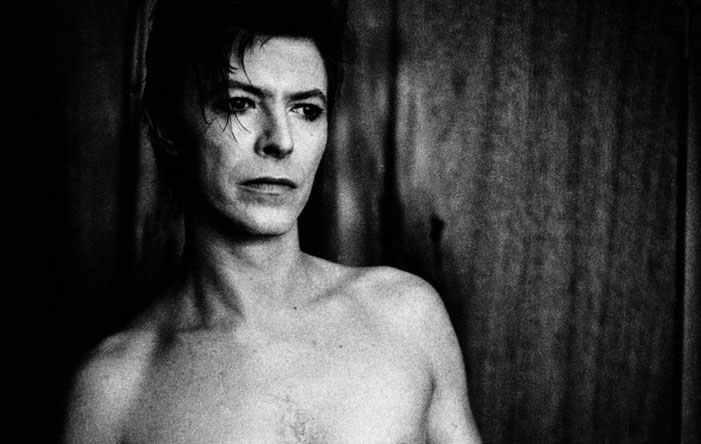You may have missed it, but Anton Corbjin bowed out of professional photography. Might be because photography as a slow, analog form of art is dead. Over 200,000 photos are uploaded to Facebook per minute — that’s six billion each month — , and there are over 16 billion photos on Instagram. Thanks to digital imagers, anyone can be a Photoshop hack, selfie whore or filter junkie. Doesn’t matter what we see, isn’t it, all that matters is the smartphone captures it… What’s the point of an analog photography, developed by using toxic chemicals, if it can’t even be insta-shared or “liked”? That’s probably why the great Corbjin called it quits.
Corbjin has no Facebook fanpage and barely tends an Instagram account. Now he wants to do other things, reported the Ecomonist. Maybe he has seend and done it all, any people don’t appreciate photography with their eyes anymore. Today, people “look” with their camera phones. Photography as a slow pursuit is being lost, and Corbijn is unwilling to spend his time to speed it up to today’s pace. It didn’t happen if the smartphone is no witness.

Known for melancholic, black-and-white photos with a raw, anti-glamour aesthetic, Corbijn’s work feels timeless. Some images intentionally include motion blur, like many of his portrait. Even though Corbijn has steady hands, something he credits to his non-coffee, non-smoking lifestyle, he believes sharpness is overrated. It remains the photographer’s technical preference to shoot slow shutter speeds, which allows movement in the frame.
Corbjin is not after perfect technique. In the 1980s, Corbijn forged his signature portrait style marked by high contrast black-and-white images stippled with grain. “Because I like black-and-white,” he told TIME:
I already pass the threshold of realism in that sense. The blurriness and the grain that I use, for me, is close to life. I find things that are very static and very sharp and very well-lit and all that is not how I experience life.
His photographs almost seem to extract an alternate reality, but the goal for him remains capturing intimacy, imperfection and humanity:
I feel that what I photograph is that part of the real person should be in the picture. So it can’t be just composition. I set something up but I let people free within the setup. There’s always a naturalism somewhere, but within my boundaries. I photograph usually at a 60th of a second or a 30th of a second, so there is already a natural movement in the frame without people really being able to put a finger on it. And I shoot by hand so I’m open to all kinds of little human failure elements because I don’t like the total perfection.
A 60th or a 30th of a second, to capture intimacy, imperfection and humanity… Let this sink in a bit. To me, this is one of the most powerful photography technique statements. Photography is not necessarily about the perfect equivalent to our perfect optical handheld machines called cameras. Look for inner beauty and struggle. Add the human, the imperfect element, and one might get a shot at capturing life as we experience it.


